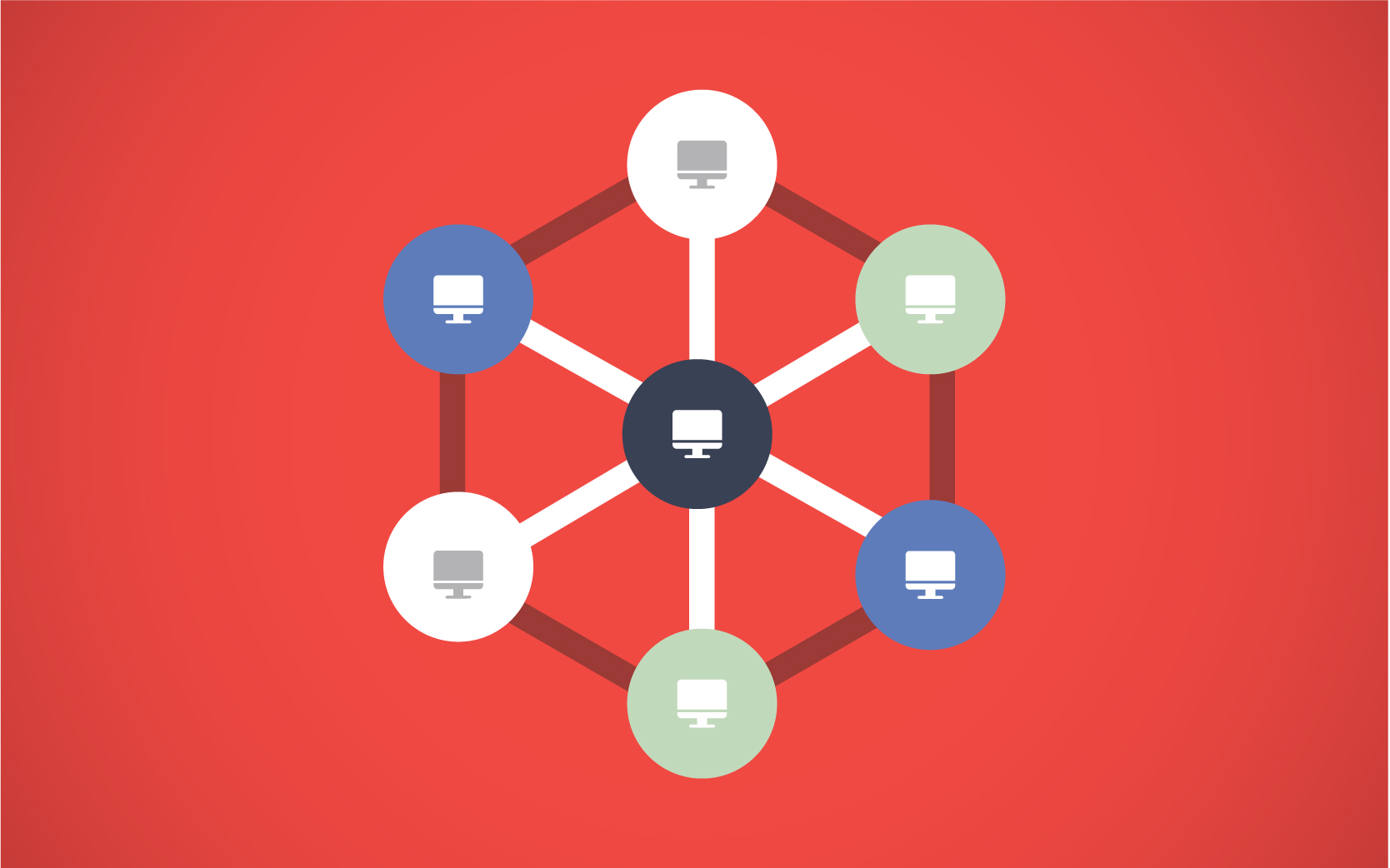Network Optimization with Google Cloud and Wursta

In a recent webinar, Wursta experts covered some network optimization best practices with Google Cloud Platform. You can watch the webinar recording below or keep reading to learn more.
Hybrid Cloud is the norm for companies of any size
Hybrid infrastructure (a mix of cloud and on-premises solutions) is the new normal. Many large companies, such as those in healthcare, choose hybrid because they continue to use legacy apps that can’t be migrated to the cloud. For compliance purposes, healthcare providers also require functional infrastructure on-premise, so they can continue to deliver care in case of an internet outage. However, the ongoing move to the cloud will continue, with more organizations becoming 100% cloud-based in the next 10 years.
Network infrastructure is your foundation
Networking is the capacity of your IT resources to connect with each other and the external world. Networking is the first part of any architecture you’ll design over internet or data transmission.
Failing to plan = planning to fail.
Proper planning in advance is vital. If you don’t design properly, your cloud infrastructure won’t be scalable and allow growth.

Just like with constructing a house, you start by building a foundation to support the entire structure. Once the house is built, you can modify it by changing the paint, flooring, lighting, etc. But if you need to significantly enlarge the house, you may find yourself stuck. You can’t build a 30-story apartment building on the foundation of a 1,500-square-foot rancher.
With network infrastructure, failure to consider how many subnets you’ll use can inhibit your growth and create roadblocks. Capacity to change routing policies and upgrade network devices must be planned ahead of time to enable changes with minimal downtime.
Webinar review: building a foundation for success with Google Cloud Platform
During our webinar, Ernesto Couso, Wursta’s Director of Cloud Architecture and Engineering, walked viewers through a Google Cloud Platform demo, which included:
- Create a VPC network
- Add subnets, which requires defining how many IP addresses you’ll need
- Select the right zone
- Attach resources to subnets
- Assign a recently created subnet to a VM instance
- Define the type of processing power
Network Security Best Practices
Properly designed networking allows for scalability and growth. You also need to take into consideration many key things to be secure as well as effective, including the following:
- Know your tools and how to use them.
- Use NAT, router, load balancer.
- Put instances in the right zones.
- So your traffic takes fewer hops to get back and forth between Google Cloud.
- Choose the right core-count for your networking needs.
- You need to know how you’re going to grow.
- Use internal over external IPs.
- All cloud providers offer the ability to assign external IP addresses to VM instances, which is a big security no-no. If you need to go out to the internet, do it through a cloud NAT, or through a cloud router
- Visit Google Cloud Marketplace
- There are over 350 integrated solutions available to improve performance, increase productivity, and reduce costs – even at the same time. You can deploy solutions already known to you, such as Fortinet firewall. Ernesto considers it one of the coolest features of Google Cloud.
One particularly helpful service is Google Cloud Interconnect, which overcomes challenges with connecting your on-prem systems to the Google Cloud Network. Google Cloud Interconnect extends your on-premises network to Google’s network through a highly available, low latency connection.
Wursta builds structured pathways to successful Google Cloud migration
Wursta helps clients reimagine what their architecture could look like and build the bridge to reach it. As a cloud consultancy, we make connections between your business initiatives and cloud infrastructure. Simply put, Wursta helps you make smart decisions moving to the cloud.
The Wursta team can also provide a free, customized, side-by-side cost comparison between Google Cloud, AWS, Azure, or on-prem, with a custom cost analysis to identify optimization opportunities and assess hybrid cloud readiness. If you’d like to learn more, let’s connect.



